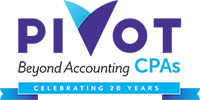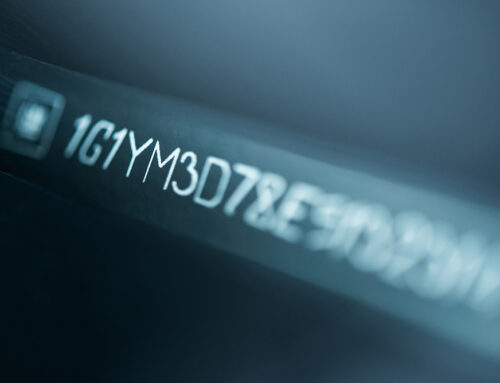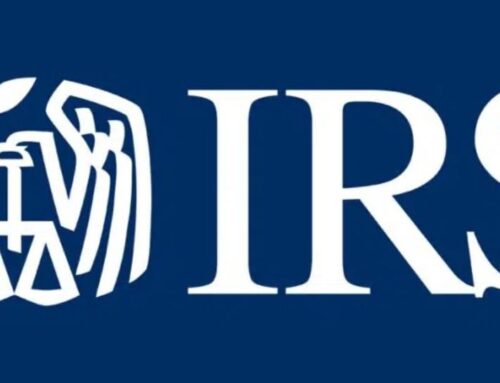ASC 842 is now in effect for all companies, updating standards for how organizations classify and record leases. After years of delaying the effective date, the new standards are finally being enforced for privately held companies, and the changeover can no longer be avoided. The impact of the new standard is proving to be significant, with even more ramifications than previously expected. It is vital that businesses take steps now to understand these standards and implement the necessary revisions to remain in compliance with GAAP.
What Changed and Why?
The ASC 842 standard updated the guidance for classifying and recording leases for generally accepted accounting procedures, or GAAP. This new standard, created by The Financial Accounting Standards Board, or FASB, is intended to improve transparency between investors and companies. While previously, certain leases may have been classified as “operating leases” and omitted from the balance sheet, the updated rules give a clearer picture of a company’s financial position.
Determining Your Leases
First things first: you need to figure out how many leases you have. Under the new guidance, you may discover you have more than you did before. ASC 842-10-15-3 states: “A contract is or contains a lease if the contract conveys the right to control the use of identified property, plant, or equipment (an identified asset) for a period of time in exchange for consideration” Some leases, like those for real estates, will be apparent but you will also need to do a thorough review for “hidden” or “embedded” leases, which may be found in less obvious departments or buried in service contracts. Look carefully at this stage. It is important to find all the needles in your haystacks!
Software Can Help
One of the most helpful things to make this process run smoothly is embracing new software. While it is technically possible to track lease details on your own, lease management software will save you a lot of stress. Software programs provide a centralized database to keep all of your information in one convenient place, automate tasks to save you time, and ensure compliance with updated standards. Any businesses with ten or more leases will find it very beneficial to adopt lease management software if they aren’t already using one.
Know the Impact on Your Ratios
Once you have determined your new lease load, you will need to be aware of the resulting changes to your ratios and metrics and how that may impact your debt covenants and bank capital requirements. Multiple ratios may be affected, including but not limited to: Fixed Charge Ratio; Current Debt Ratio; Debt to Tangible Net Worth Ratio; Leverage Ratio, and more. As you can see, there are many different ways your financials may be impacted, so it is vital to seek out a qualified CPA expert for the most accurate advice on this transition. They will have an understanding of the new legislation that your banker likely will not and can help you interpret and implement the required changes.
Federal Tax Stays the Same
Now for some good news: ASC 842 will not affect your federal income tax! For federal purposes, leases will either be classified as a “true tax lease,” where the lessor maintains ownership of the asset and deductions, with the lessee deducting rental payments, or a “non-tax lease,” where the lessee retains tax deductions such as depreciation and interest expense, while the lessor recognizes interest income.
Let Us Help!
Change is never easy, and the impacts of ASC 842 will be significant, but with the right tools and advice, you will be able to survive this transition and ultimately be left with a more accurate financial picture for yourself and your financial stakeholders. Please reach out to your advisors at Pivot with any questions about the changeover. We are always happy to help!
Sources:
- https://www.leasecrunch.com/blog/asc-842
- https://www.netsuite.com/portal/resource/articles/accounting/lease-accounting-terms.shtml
- https://www.mhmcpa.com/insights/article/adopting-asc-842-where-are-your-leases-hiding
- https://www.yardicorom.com/blog/5-essential-benefits-of-lease-management-software/
- https://www.occupier.com/blog/the-impact-of-asc-842-on-debt-covenants-and-bank-capital-requirements/
- https://www.marcumllp.com/insights/tax-impacts-of-the-new-lease-accounting-standard-asc-842
By: Mallory Salter



